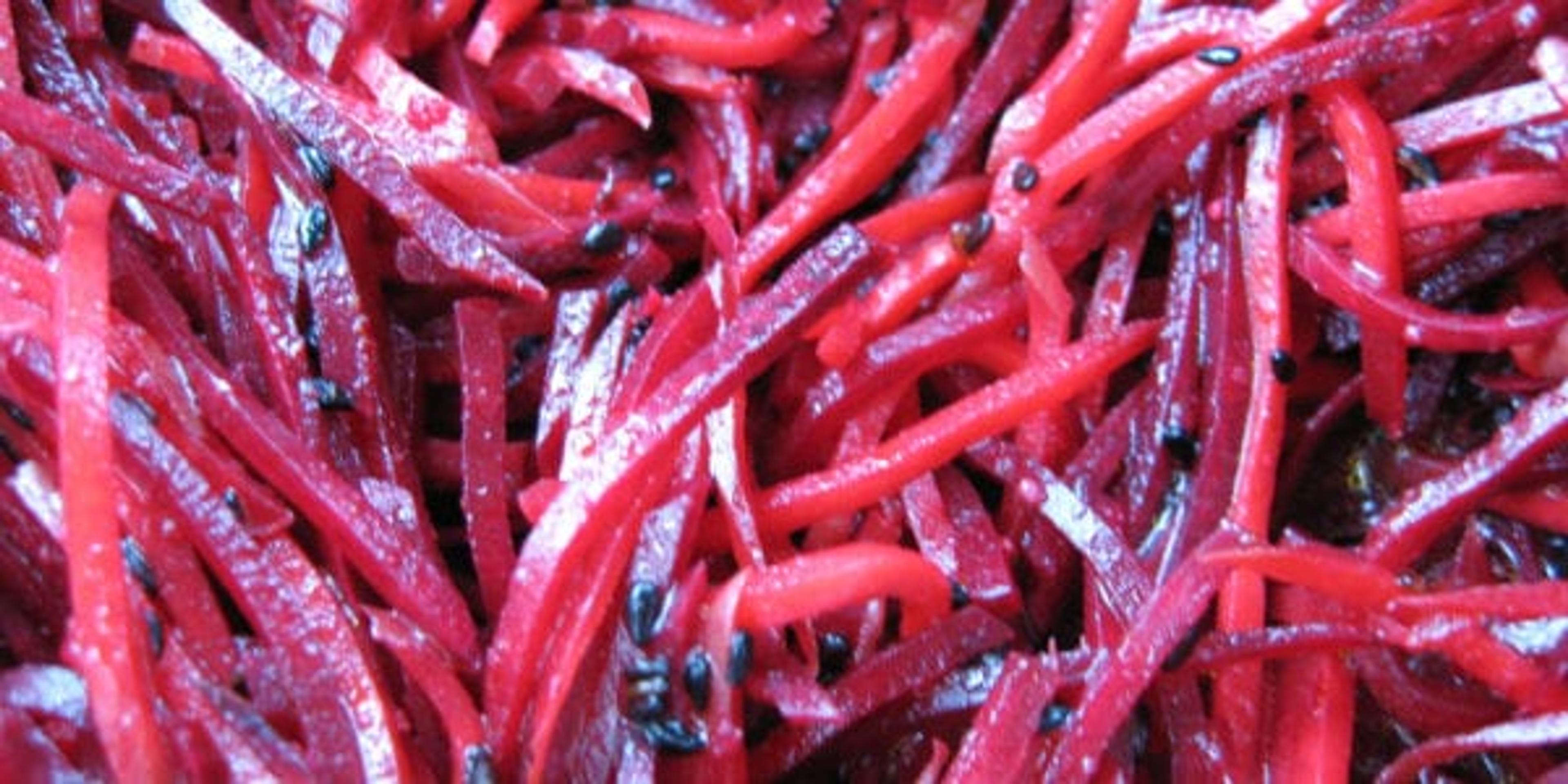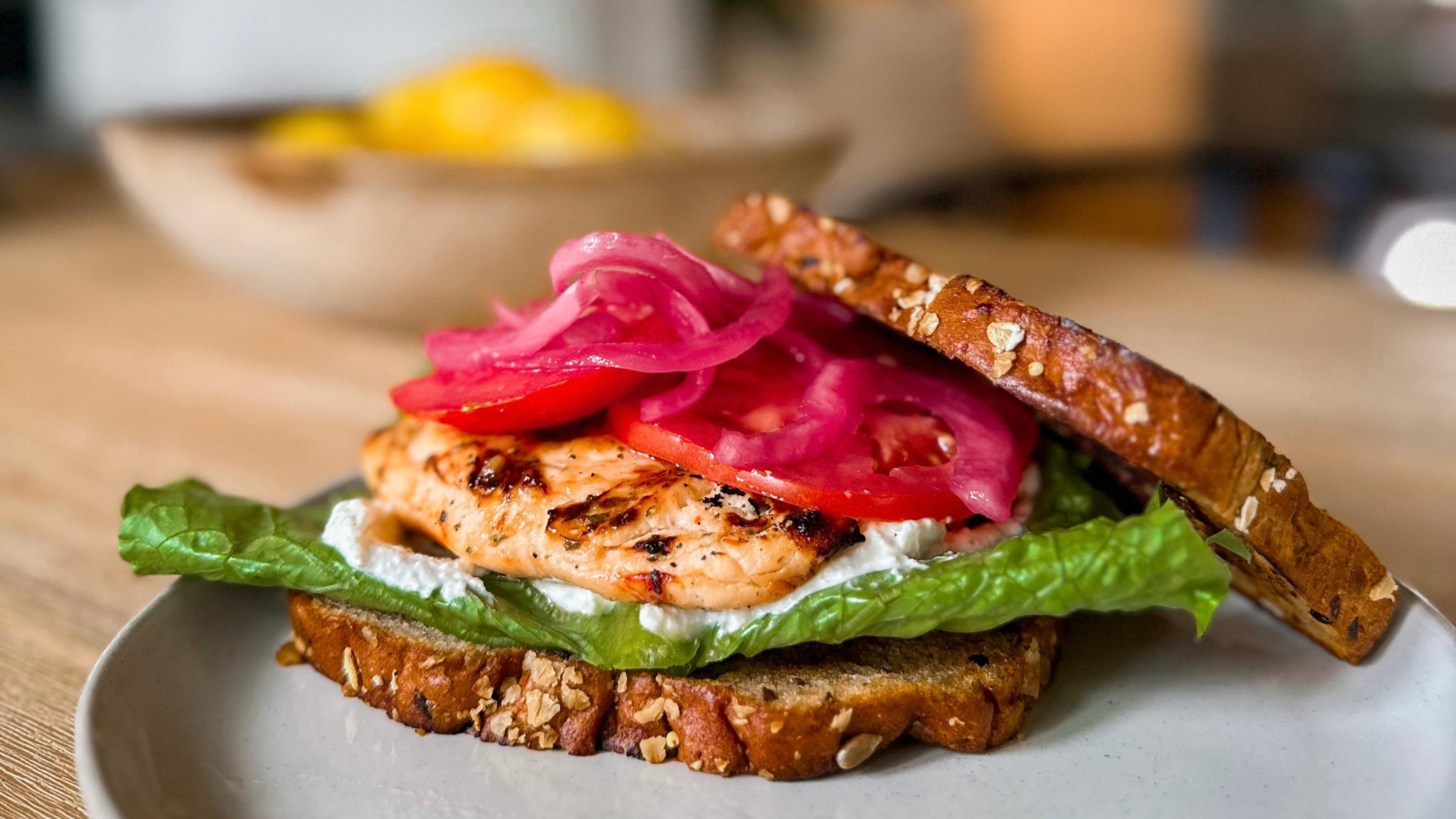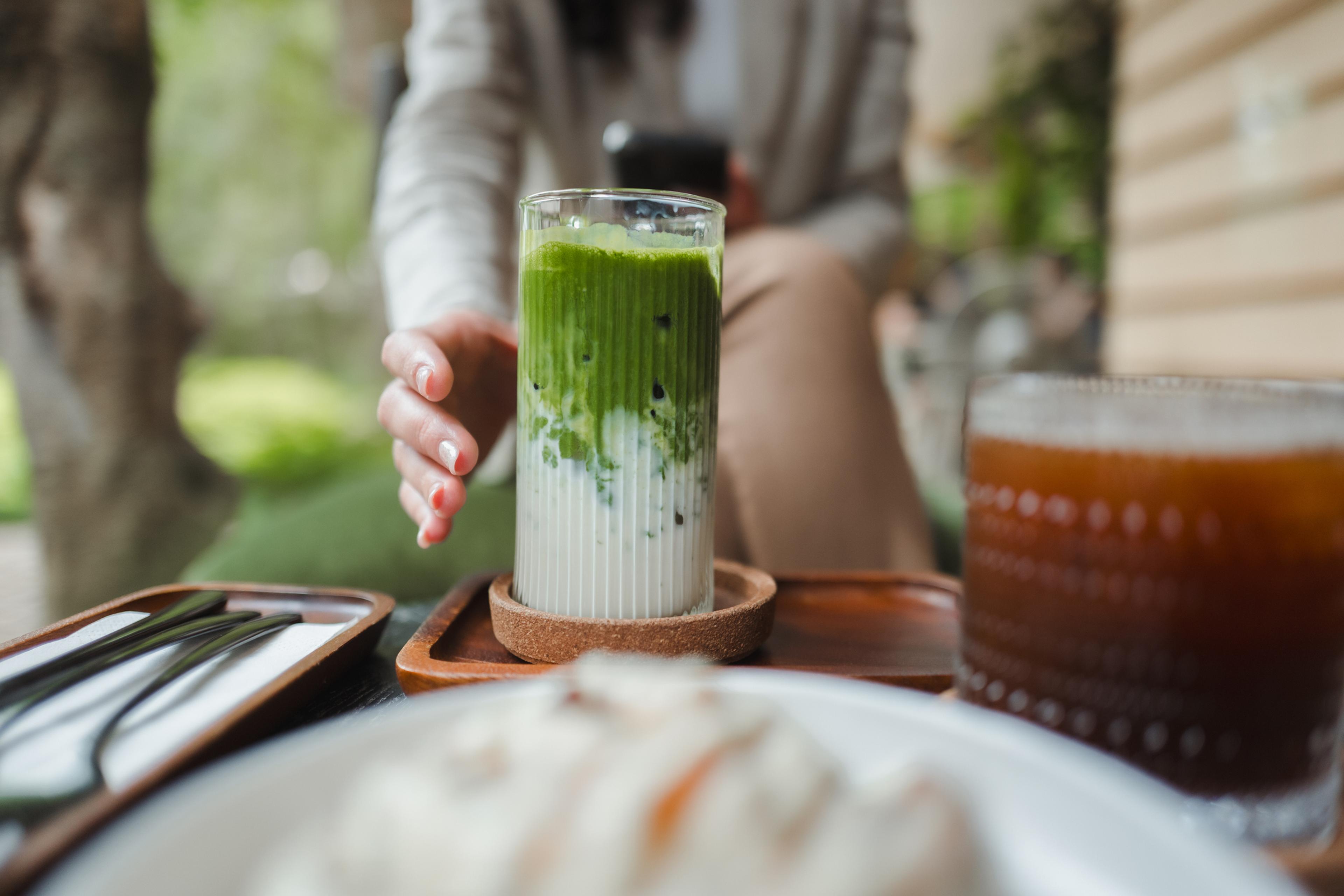Probiotics: Good for what’s bugging you

Allyson Roelofs
| 3 min read

Have you heard about probiotics, but find the idea of consuming live bacteria to be a bit hard to swallow? Although you may be hesitant to try them yourself, there is a growing body of scientific evidence suggesting that you can treat, and even prevent, some illnesses with foods and supplements containing certain kinds of live bacteria!
The normal human digestive tract contains about 400 types of probiotic bacteria. They promote a healthy digestive system by reducing the growth of harmful bacteria. Although the body does not need probiotics from food and supplements to be healthy, when additional “good bacteria” are eaten in the right amounts, they multiply in the colon and help maintain the balance between the good and bad bacteria.
There are three sources of probiotics:
1. Intestines: Saccharomyces boulardii (a yeast) and bacteria in the Lactobacillus and Bifobacterium families are found abundantly in the colon. The names of these healthy little “bugs” are a challenge to pronounce but important to recognize, as they are the strains found in foods, either naturally or as additives.
2. Foods: Look for them in some juices and soy drinks, fermented and unfermented milk, buttermilk, some soft cheeses, miso, tempeh, kefir, kim chi, sauerkraut, and many pickles. The most well known food product is yogurt which contains the bacteria Lactobacillus acidophilus. Individuals with milk allergies should avoid foods with added probiotics as the bacteria are often grown using milk protein.
3. Supplements: These are available in capsules, tablets, powders and liquid extracts. They can be purchased at health food or natural food stores, as well as, over the counter at the pharmacy. If you are thinking of taking a probiotic supplement, talk to your doctor or dietitian. They can help you choose the product and dosage that is right for you. Also, keep in mind that as with any dietary supplement, probiotic supplements are regulated as foods, not drugs.
1. Intestines: Saccharomyces boulardii (a yeast) and bacteria in the Lactobacillus and Bifobacterium families are found abundantly in the colon. The names of these healthy little “bugs” are a challenge to pronounce but important to recognize, as they are the strains found in foods, either naturally or as additives.
2. Foods: Look for them in some juices and soy drinks, fermented and unfermented milk, buttermilk, some soft cheeses, miso, tempeh, kefir, kim chi, sauerkraut, and many pickles. The most well known food product is yogurt which contains the bacteria Lactobacillus acidophilus. Individuals with milk allergies should avoid foods with added probiotics as the bacteria are often grown using milk protein.
3. Supplements: These are available in capsules, tablets, powders and liquid extracts. They can be purchased at health food or natural food stores, as well as, over the counter at the pharmacy. If you are thinking of taking a probiotic supplement, talk to your doctor or dietitian. They can help you choose the product and dosage that is right for you. Also, keep in mind that as with any dietary supplement, probiotic supplements are regulated as foods, not drugs.
Probiotics are commonly used to prevent diarrhea, gas, and cramping caused by antibiotics. When taken as a medication, antibiotics kill the “good” bacteria along with the bacteria that caused the illness. This upsets the gut’s bacterial balance and can unfortunately lead to digestive problems. Taking probiotics may help replace those good bacteria lost in battle, thereby preventing stomach issues.
A decrease in beneficial bacteria may also lead to other infections, including vaginal yeast and urinary tract infections, and symptoms such as diarrhea from intestinal illnesses. A boost of additional “healthy” bacteria may even help control immune responses (inflammation), as in inflammatory bowel disease (IBD) and are currently being studied for benefits in colon cancer, skin infections, and irritable bowel syndrome (IBS).
To fully understand the benefits of probiotics and the quantities and types that are most effective in foods and supplements, more research is still needed. If you do not eat foods with probiotics, you can still maintain a healthy digestive system by eating a diet rich in fruits, vegetables, whole grains and lean protein.
Changed your mind and think you may now be interested in trying out probiotics? To follow your new “gut feeling”, consider adding yogurt, kefir or sauerkraut to your diet!
Photo credit: Forrest O.





